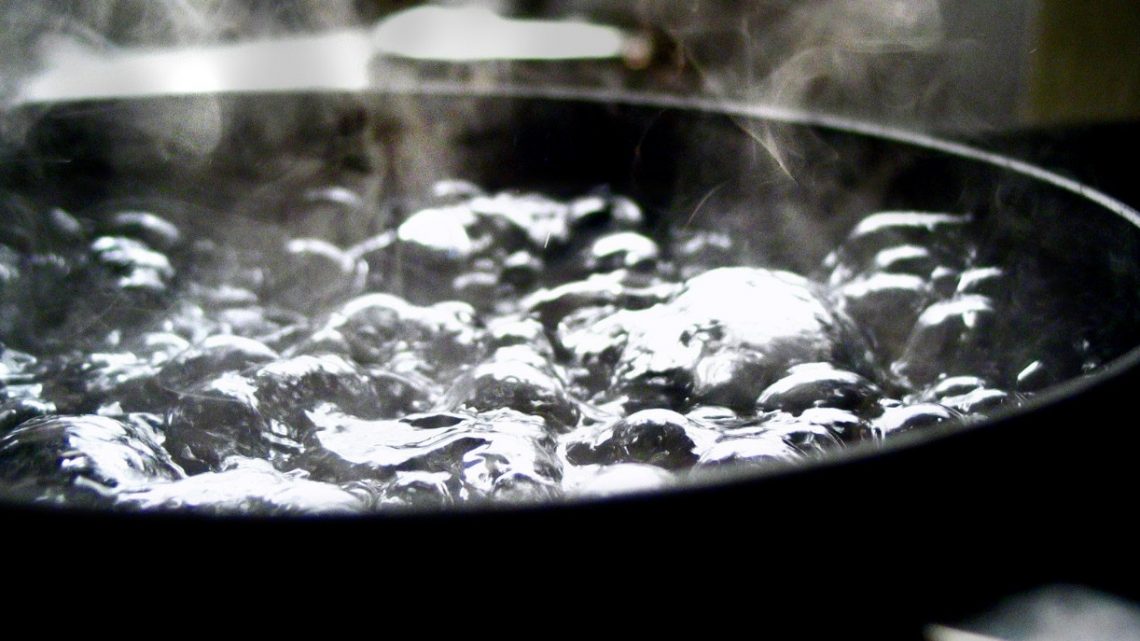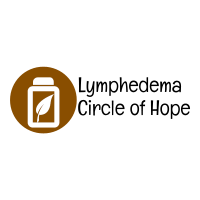
How to make distilled water at home
It was reported by the World Health Organization (WHO) that globally, more than 2 billion people use a contaminated drinking water source. Furthermore, each year, close to 500 000 people die from drinking contaminated water. Therefore, making your own distilled water at home would be the best idea ever to avoid any risk of getting sick from drinking bad water.
What’s distilled water?
Distilled water is a type of water that has been purified from potential contaminants. Know that there are many types of water with different properties, such as mineral water, boiled water, and filtered water. To distill water, the transparent liquid that we all know and love needs to go through 2 important steps:
- The water is being boiled until it becomes steam.
- The steam is being cool down or condensed, in another container/recipient.
Doing so removes all impurities (or at least most of them) and makes your water safe to drink. Since the majority of the harmful contaminants and minerals were left in the original container, drinking distilled water is without any risk.
What equipment do I need to distilled water at home?
Distilled water doesn’t take anything fancy to make, nor is it difficult. However, it can be time-consuming if you don’t know where to start. Here’s a list of what you will need to make distilled water at home:
- A large pot with a rounded lid
- An ice pack or ice cubes
- A smaller bowl that can fit inside your pot and that can resist heat
- Tap water or any water you have access to at the moment
- Gloves or oven mitts to protect your hands from the heat
A step-by-step guide to distilled water at home
So now that you got everything in the list above ready, let’s go through the steps to distill some water in the comfort of your home:
- Take your big pot and (it can be a steel or aluminum pot) and fill about ⅓ of the latter with tap water. Actually, it all depends on how much water you want to distill at the time, you can also fill half of the pot with the water, as long as the bowl inside still fits.
- Once that’s done, place your little heat-proof bowl inside the big pot, like a little boat inside a cave.
- Now, you will place the lid of the big pot upside down (make sure that your lid is very clean on both sides).
- Place your ice pack or your ice cubes on top of the upside-down lid.
- Then, it is time to turn up the heat! Start boiling that water for about 40 to 50 minutes. What will happen is pretty interesting; the water will evaporate and get caught by the lid. The ice will cool down the steam, which will form small drops of water. Since the lid is upside-down, the drops will slowly fall in the middle, where your little bowl is waiting.
- During this process, always make sure that the distilled water in your little bowl is not boiling as well. If it is, then just lower the temperature of your stove a little.
- Once most of the tap water is gone, you either add more or stop the project there. If you decide to stop, then just be careful to not burn yourself and use oven mitts. Carefully take your little bowl of distilled water and leave it somewhere safe to cool down. Finally, you can pour the distilled water into a glass bottle, and store it in your fridge.
What’s the difference between distilled water and filtered water?
Filtered water is usually a bit more expensive to make, as it requires a bunch of equipment such as a reverse osmosis device, which is not cheap if you want a good one. Filtered water won’t contain any trace of chemicals and sometimes will even keep a few fine minerals that are good for our health. In fact, mineral water taste generally a lot better than distilled water, as the latter is pretty flat and uninteresting.
What are the most common uses for distilled water?
If distilled water is not that interesting to drink since it lacks minerals, why do people use distilled water? Well, an important use of distilled water is in laboratories, where most experiments need the purest water possible. Car cooling systems also use this type of water, as well as the humidifier in your house, if you have one. Moreover, using distilled water for cleaning a wound is recommended as it will prevent infections.
In the end, distilled water is not the most enjoyable thing to drink but as you can see, it is very useful. In any case, if you don’t have bottled water at home and you have a bit of spare time, making distilled water can be a fun experiment.
